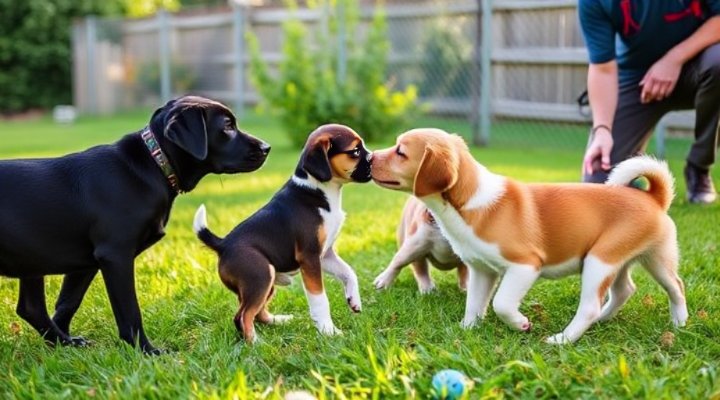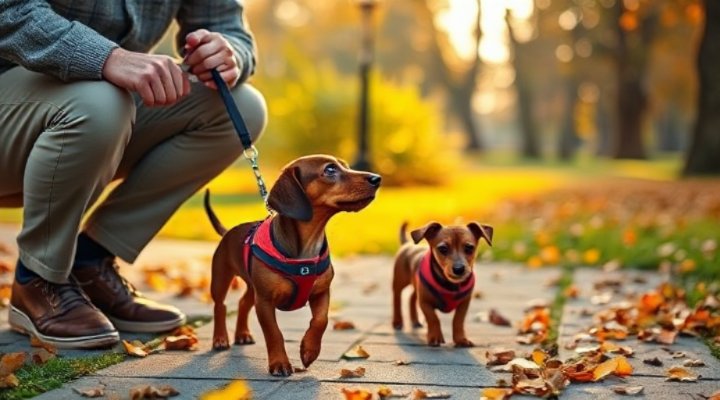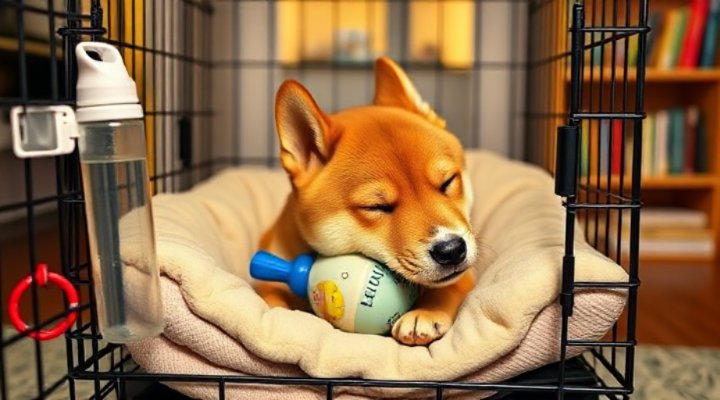Training a puppy is one of the most rewarding yet challenging experiences for any pet owner. The best way to train a puppy combines scientific methods with heartfelt patience, creating a foundation for years of companionship. Whether you’re dealing with a energetic Labrador or a stubborn Bulldog, these proven techniques will set you both up for success.

The Science Behind Effective Puppy Training
Modern canine research shows that puppies learn best through positive reinforcement. This means rewarding desired behaviors rather than punishing mistakes. For example, when teaching ‘sit’, immediately praise and treat when their bottom touches the ground. Studies indicate this method is 40% more effective than traditional correction-based training.
Consistency is equally crucial. Puppies thrive on routine, so establish regular training sessions of 5-10 minutes, 2-3 times daily. I learned this the hard way with my first puppy, Max. Our haphazard schedule confused him terribly until we implemented structured mini-sessions before meals.

Essential Steps for Puppy Training Success
1. Start with Basic Commands
The core commands every puppy should learn are: sit, stay, come, and leave it. These form the building blocks for more advanced training later. Our guide on how to train a puppy to sit offers detailed step-by-step instructions for this fundamental skill.
2. Socialization: The Golden Window
Between 3-14 weeks, puppies undergo critical socialization development. During this period, expose them gently to various people, animals, sounds, and environments. A well-socialized puppy is less likely to develop fear-based aggression later. The proper use of a puppy crate can aid this process by providing a safe retreat when overwhelmed.

3. House Training Fundamentals
Establish a consistent bathroom schedule – after waking, playing, eating, and every 2 hours otherwise. When accidents happen (and they will!), clean thoroughly with enzymatic cleaner to remove scent markers. Remember, punishment only creates anxiety – positive reinforcement for outdoor success works wonders.
Troubleshooting Common Puppy Training Challenges
Even with the best way to train a puppy, challenges arise. Here’s how to handle frequent issues:
- Biting: Redirect to appropriate chew toys and yelp loudly when teeth touch skin, mimicking littermate feedback.
- Jumping: Turn away and ignore until all paws are floor, then reward calm behavior.
- Leash Pulling: Stop moving when tension occurs, only proceeding when leash loosens. Our leash training guide offers additional techniques.

Advanced Training: Building on the Basics
Once your puppy masters fundamentals, consider these enrichment activities:
- Interactive food puzzles for mental stimulation
- Beginner agility exercises (tunnels, low jumps)
- Therapy dog foundation skills if interested in therapy dog certification
Remember, every puppy learns at their own pace. My neighbor’s Border Collie mastered complex tricks at 4 months, while my lovable mutt took twice as long – but both became wonderful companions through patient, consistent training.

Final Thoughts on Puppy Training Success
The best way to train a puppy ultimately combines science with heart. Celebrate small victories, maintain realistic expectations, and most importantly – enjoy the journey. That tiny ball of energy chewing your favorite shoes today will become your most loyal friend tomorrow.
Related Keywords: puppy obedience training, dog training techniques, positive reinforcement training, puppy behavior correction, early dog socialization
